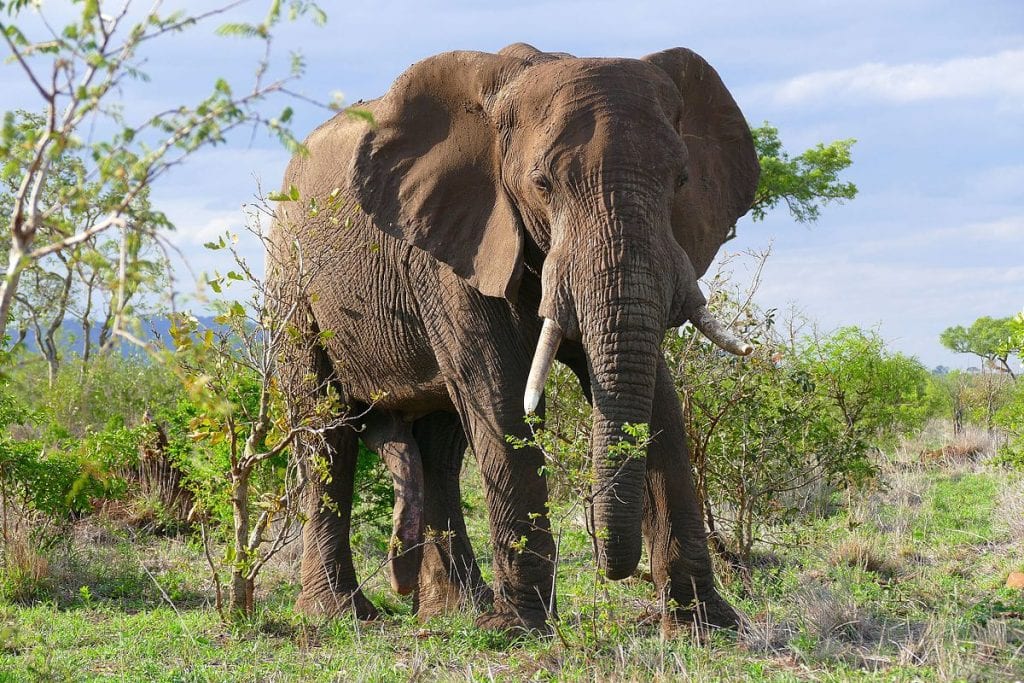This is what the economy of the Amazon…
10 July, 2024
Tuesday 22 june 2021
Header photo: Elephants in Mole National Park © Lapping on Pixabay
The border region between Ghana and Burkina Faso is home to rich biodiversity. Most big game is concentrated in a number of nature reserves, but they are becoming increasingly isolated’, explains Jan Kamstra, senior expert in nature conservation at IUCN NL. ‘The areas in between the reserves are used for farming and roaming cattle. The migration of elephants, which move between one reserve and the other, is leading to growing conflict as a result.’
By creating corridors, migratory animal species, specifically the elephant, can travel safely between the different nature reserves. ‘Migratory animal species are also important for seed dispersal and thus also promote plant exchange’, Jan adds. Moreover, the importance of corridors is growing due to the expected impact on the climate, to which all kinds of animal species will have to adapt.
For this reason, together with our local partners in Ghana and Burkina Faso, we engaged in dialogue
with local residents about ways to reduce pressure on the corridors. ‘The discussions resulted in a number of ideas for improving agriculture, organising livestock farmers and improving land rights’, says Jan.
He continues: ‘Our local partners work with local communities and government bodies in both countries to establish effective agreements on land use, and subsequently set them down in formal legislation.’ This has already been achieved for two corridors in Burkina Faso. One corridor between Kaboré Tambi National Park and the Nazinga Game Reserve in Burkina Faso and one corridor from Kaboré Tambi National Park to the Ghanaian border.
Now that there is a legal framework, the task is to also make the safe corridors a success in practice. Jan: ‘This is why our partners are now focusing on providing local communities with effective information about the corridors. Such as the clear demarcation of the corridors so people know where the boundaries are. They also develop alternatives for farmers who have to leave the corridor and they verify compliance with the agreements.’


